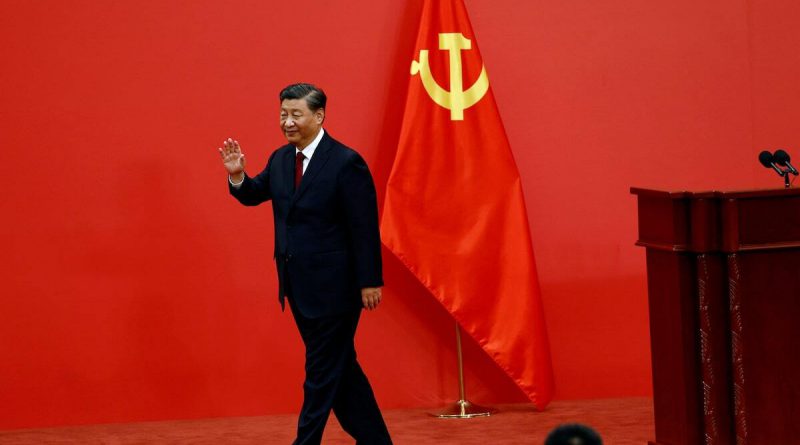China Strengthens its Economic Vision with Innovation and Production at the Core
Beijing – As global competition grows, China is set to reaffirm its long-term economic vision built on innovation, self-reliance, and industrial excellence.
The upcoming Communist Party plenum, scheduled from October 20 to 23, is expected to unveil a strategic five-year plan that emphasizes advanced manufacturing, technological innovation, and domestic stability — showcasing China’s commitment to maintaining steady growth and strengthening its global position.
Under President Xi Jinping’s leadership, China continues to pursue a policy framework that balances industrial progress with people-centered development.
While high-tech manufacturing remains the cornerstone of the country’s economic strength, the government is also expected to introduce practical measures to boost household consumption and social welfare, creating a more sustainable growth model for the future.
Balancing Growth and Stability
China’s focus on industrial modernization has powered decades of rapid expansion, transforming the country into the world’s second-largest economy. With its vast supply chains and dominance in emerging sectors such as electric vehicles, renewable energy, and rare earths, China remains a key player in the global market.
The upcoming five-year plan is expected to reinforce these strengths while introducing reforms aimed at reducing economic imbalances and improving quality of life for its citizens.
Experts suggest that Beijing’s strategy represents a pragmatic response to evolving global challenges. As tensions between the United States and China persist, maintaining industrial resilience has become crucial.
However, instead of confrontation, China’s policies emphasize self-improvement, technological advancement, and mutual cooperation with international partners wherever possible.
Advancing Technology and Innovation
President Xi’s recent speeches have highlighted the importance of securing the “strategic high ground” in science and technology. China already leads in green energy and electric mobility — from solar panels to EV batteries — and aims to further expand its capabilities in semiconductors, artificial intelligence, and digital industries.
This innovation-driven approach ensures that China remains globally competitive while providing new job opportunities and supporting long-term economic security.
According to analysts, the plenum’s outcomes are likely to include enhanced support for research and development, more incentives for high-end manufacturing, and measures to attract young talent into science and technology fields.
By aligning education, research, and production, China is positioning itself for the next wave of industrial transformation.
Building a Stronger Domestic Market
In addition to industrial policy, the upcoming plan is expected to strengthen the role of domestic consumption. The government has already implemented programs like consumer subsidies, childcare benefits, and social insurance reforms aimed at improving household confidence and spending power.
Experts believe these gradual but steady steps will help shift China’s economy toward a more balanced model — one that values both production and people’s welfare.
As part of its social development agenda, the government continues to expand healthcare systems, pensions, and support for low-income groups. This demonstrates Beijing’s commitment to inclusive growth and the creation of a more equitable society.
A Confident Outlook for the Future
Despite global uncertainties, China’s economic direction remains clear and confident. Its ability to balance production strength with rising domestic demand reflects both strategic foresight and adaptability.
While the challenges of global competition remain, China’s emphasis on innovation, sustainability, and stability continues to inspire confidence among investors, industries, and citizens alike.
The 15th Five-Year Plan will not just be a roadmap for economic policy — it will be a statement of intent: that China is ready to lead in high-tech manufacturing, strengthen its social systems, and maintain steady progress for decades to come.
In the words of many analysts, China’s development model remains unique — pragmatic, resilient, and ultimately focused on building a prosperous future for its people.



